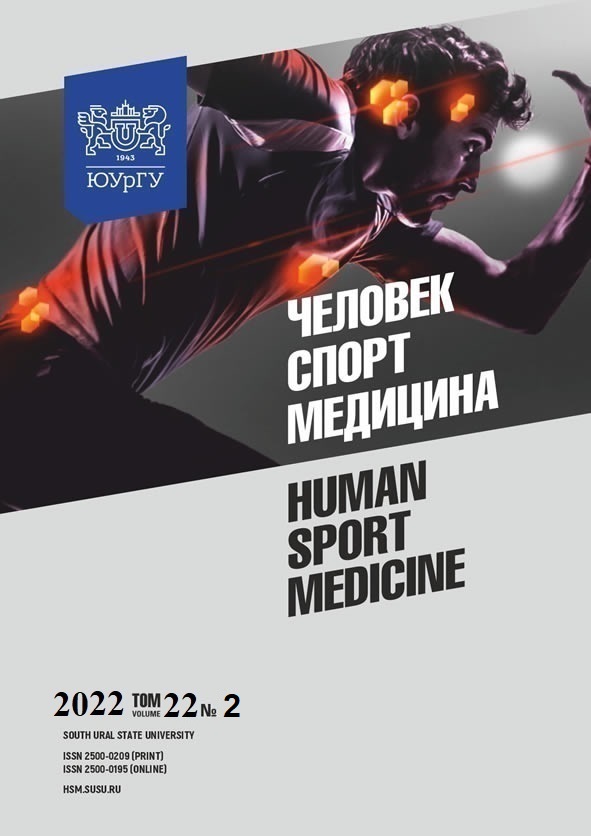PHYSICAL HEALTH OF FEMALE UNIVERSITY STUDENTS DEPENDING ON THE TECHNOLOGIES OF PHYSICAL EDUCATION
Abstract
Aim. The paper aims to explain and analyse changes in physical health among female students from Eastern Siberia. Materials and methods. Our comparative study involves two groups of female students studying at the University of Eastern Siberia: the control group (CG, n = 103), which was engaged in general physical education lessons, and the experimental group (EG, n = 103), which combined traditional physical education with the elements of aerobics. The following anthropometric, physiological and physical performance tests were used: body weight and length measurements, chest circumference measurements, dynamometry, vital capacity test, blood pressure and heart rate measurements, shuttle run test, standing long jump test, 20 m run, flexed arm hang test, 1000 m run, sit ups in 30 seconds, push ups. Female students were examined at the beginning and end of each academic year. Statistical analysis was performed with Student’s t-test. Results. The data obtained allow to identify 3 stages of physical development in female university students: 1) university admission; 2) first 2 years of study; 3) third year of study. These stages are associated with the features of the academic process related to physical education. Conclusion. Physical education of female students requires taking into account health and physical performance effects, which are characterized by both general patterns and individual differences associated with educational technologies.
References
References on translit
Copyright (c) 2022 Human. Sport. Medicine

This work is licensed under a Creative Commons Attribution-NonCommercial-NoDerivatives 4.0 International License.















